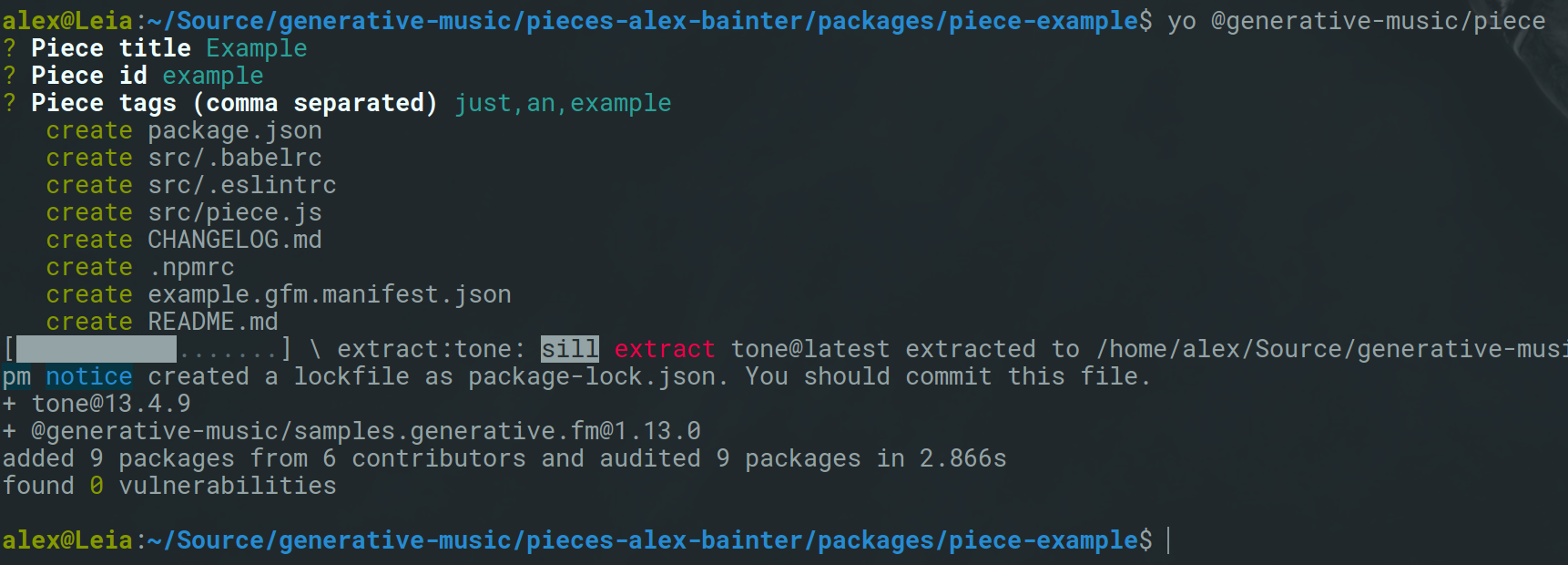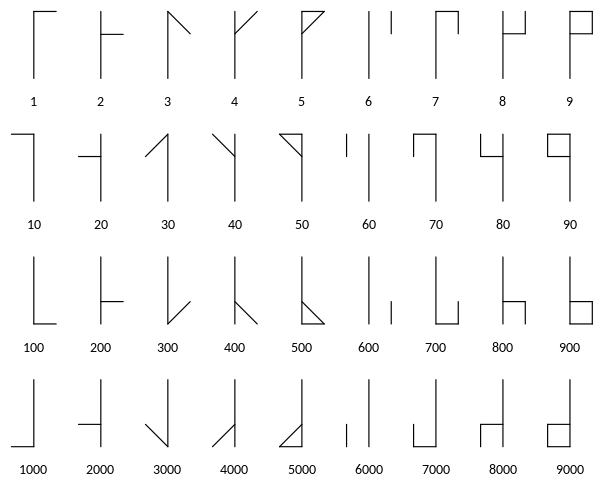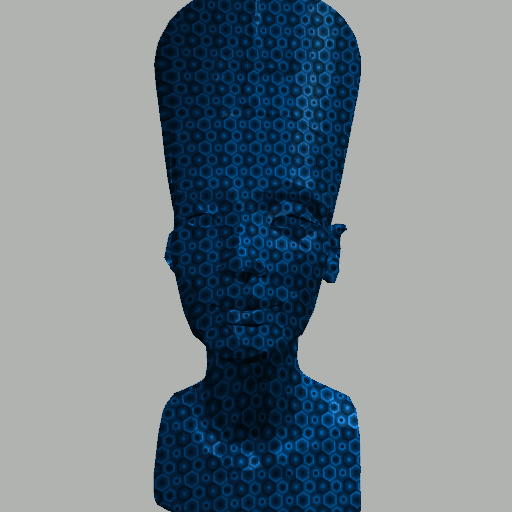Originally posted on Substack
“The Artist always has the masters in his eyes.” - Ralph Waldo Emerson
Good Evening Friends!
I’ve been busy starting a new job and trying to replatform as a way to ensure that the newsletter is in a format that can be accessible and more automated for me. Right now I have been using Substack, however I am wanting to create great content, and automate as much as possible. This is something that Substack has yet been able to do for me. I’ve also registered a new domain call GenArtX which I hope will provide an alternative site that can be used by others in the community.
Inspirations
Frammenti - Artblocks.io
Check out Stefano Contiero’s work and the interview artblocks had with him.




Check out Stefano Contiero’s work and the interview artblocks had with him.Art Blocks is a first of its kind platform focused on genuinely programmable on demand generative content that is stored immutably on the Ethereum Blockchain. You pick a style that you like, pay for the work, and a randomly generated version of the content is created by an algorithm and sent to your Ethereum account. The resulting piece might be a static image, 3D model, or an interactive experience. Each output is different and there are endless possibilities for the types of content that can be created on the platform.
If you haven’t yet looked at Artblocks, I’d highly recommend it!
🖌️ Unconventional Media
{{ youtube Z_pOiHX6HYE }}
Frieder Nake chose “The Art of Being Precise” as the title for the conversation. He explains his choice as follows: “There is a book by Max Bense, “Die präzisen Vergnügen” [The Precise Pleasures] (1964). For him, that was the program. Emotions in art? How vulgar! We think pictures, we don’t make them. We have machines for making them. We program the machines so that they do what we want. In the mid-1960s, when this started, Sol LeWitt said, “The idea becomes a machine that makes the art.” With the computer, the semiotic machine had emerged, a machine nobody foresaw. The image-making took on a radically new dimension: it was no longer a matter of making one image, but of thinking an infinite number of them. And, indeed, when I think one picture, I immediately think many and more. Please, always keep in mind: We think pictures, it is said, and not: we think of the pictures! This is a big and a radical difference. In the mid-1960s, the algorithmic revolution broke into art and has been writing a strand of its history ever since.”
🔖 Articles and Tutorials
Better Computer Music

Generative.fm is a personal project of mine which hosts a growing collection of ambient generative music systems. Generative music neither ends nor repeats, and is created by a system. That might sound strange, but there’s a chance you have a generative music system hanging on your porch.

Cistercian Numerals
The Cistercian numeral counting system used by the Cistercian monastic order in the late medieval period. The digits 1 – 9 are depicted as symbols arranged around a vertical stave. By placing these symbols reflected vertically and/or horizontally into each of four locations the decimal digits in the units, tens, hundreds and thousands positions could be represented, enabling the numbers 0 – 9999 to be defined, as shown below (by user Meteoorkip from Wikipedia, CC BY-SA 4.0):
How to Host a Generative Music Platform on The Web

3D Models In Processing
To sharpen our skills with lighting, color and materials in Processing’s 3D renderer, it’s helpful to have a model more complex than a geometric primitive. The Processing core handles .obj files, so we convert any resource to that file extension before we can work with it. In the demo to follow, we bring in sculpture available from Scan The World. To do so, we would benefit by strengthening our pipeline between Processing and modeling software. We have chosen to use Blender but other possibilities, such as Autodesk Maya, are out there.
Making Perfect Looping Textures in Blender 2.92
{{ youtube trSjzWh-Buk }}
In this Blender 2.92 I will show you how I make texture nodes loop in a perfect seamless way

What do creative coding toolkits of the future look like?
The Future Sketches group is pleased to announce our first series of public talks focused on artist-built toolkits. What does/should the next generation of creative coding environments look like? What questions should we be asking about these tools? We’ll speak to four inspiring creators who are pushing the boundaries of both art making and tool making every Wednesday to hear about their work and perspectives. Held weekly online (starting May 12, 2021) from 12-1pm EST at this Zoom link.
Here is the first recording w/ Phoenix Perry
InteractML
{{ youtube kiYnHxVqaEk }}
Interactive machine learning (IML) is a subfield of artificial intelligence (AI) research where users, generally non-experts, can quickly create and test ML models. These models can learn input/outputs from real-time data through human/computer examples (i.e. when the user moves his arms up-down the character swims upwards).
Getting Started As An Artist on NFT Platform - Hic Et Nunc
A wave of new artists have started to mint NFTs on the Tezos blockchain. Some of the reasons behind this include the following: The cost to mint NFTs is very low in comparison to Ethereum. The cost to mint on Tezos presently is 0.085 tez, which equates to $0.34. In comparison it can cost between $10-$50 to mint an NFT on Ethereum. Taking the high range, that is 137 times cheaper. Due to being a PoS blockchain (LPoS to be exact), the energy usage on Tezos is a lot lower than on PoW blockchains like Ethereum. The cost of minting an NFT on Tezos has been compared to sending a Tweet on Twitter.